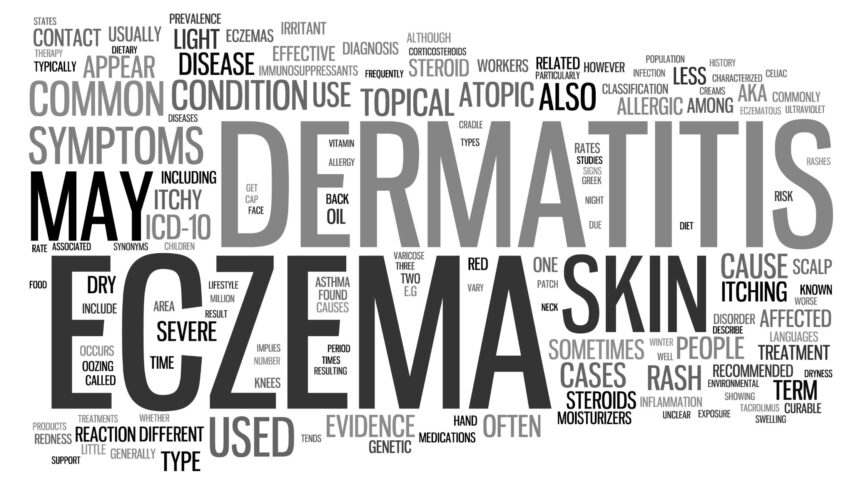Dermatitis herpetiformis (DH) is a chronic skin condition that affects people worldwide. Characterized by intensely itchy, blistering skin rashes, DH is misdiagnosed due to its similarity with other skin disorders. Let’s learn more about this auto-immune condition and offer insights for treatment.
Understanding Dermatitis Herpetiformis
Dermatitis herpetiformis is a chronic autoimmune disease associated with celiac disease, an intolerance to gluten. Though it’s name contains the word “herpe”, DH has no connection with the herpes virus. The culprit behind DH is immunoglobulin A (IgA) antibodies beneath the skin. The antiobodies are triggered by the ingestion of gluten-containing foods.
Diagnosis of Dermatitis Herpetiformis
Symptoms mimic conditions like eczema and psoriasis, leading to frequent misdiagnoses. Consulting the appropriate doctor is crucial.
To confirm the presence of DH, a dermatologist conducts a biopsy near an active lesion. This biopsy detects IgA antibodies near the surface of the skin. Furthermore, additional blood tests are done to confirm celiac disease-associated antibodies, solidifying the diagnosis.
Treatment Approaches
Managing dermatitis herpetiformis involves a gluten-free diet and medication. A gluten-free diet is vital, as DH is linked to celiac disease and triggered by gluten. It’s crucial to avoid foods with wheat, barley, rye, and their derivatives, focusing on naturally gluten-free options for a healthier, symptom-free life.
Medication complements the gluten-free diet in DH management, easing symptoms and controlling the autoimmune response. Dapsone, a commonly used sulfone antibiotic, reduces inflammation and eases itching and blistering. However, it’s not for long-term use; patients need close monitoring by healthcare providers.
Seeking Relief and Managing Symptoms
In addition to adhering to a gluten-free diet, the following lifestyle practices help manage DH and improve the overall quality of life:
- Gentle Skincare: Use mild, fragrance-free soaps and moisturizers soothe the skin and prevent further irritation. Avoid hot showers and harsh scrubbing is recommended to protect the sensitive skin.
- Stress Management: Stress exacerbates DH symptoms, so practice relaxation techniques like yoga, meditation, or engage in hobbies to keep stress levels down.
- Support Groups: Connect with others who have dermatitis herpetiformis or celiac disease to provide valuable emotional support and helpful tips for managing the condition.
Summary
Dermatitis herpetiformis (DH) is a challenging skin condition that becomes manageable with proper diagnosis and treatment. Accurately identifying DH’s gluten connection is crucial for symptom relief and improved well-being. Gluten intake triggers an immune response, leading to itchy, blistering rashes. Understanding this link is essential for effective management.
Suspect DH? Seek a dermatologist’s expertise for a swift, accurate diagnosis to begin your recovery. Prompt diagnosis greatly enhances life quality by easing discomfort and preventing further issues.
Visit our homepage for a list of certified gluten-free food brands, restaurants, products and supplements.

